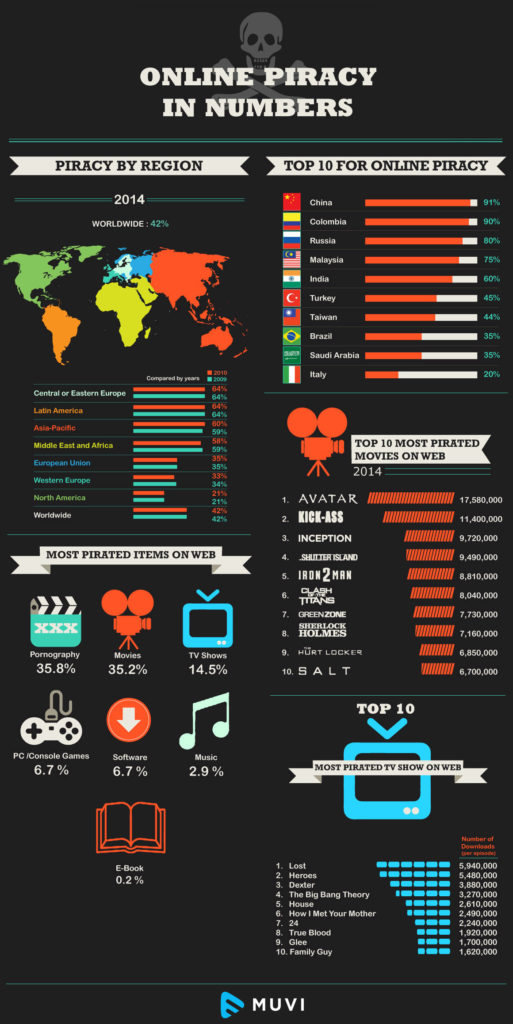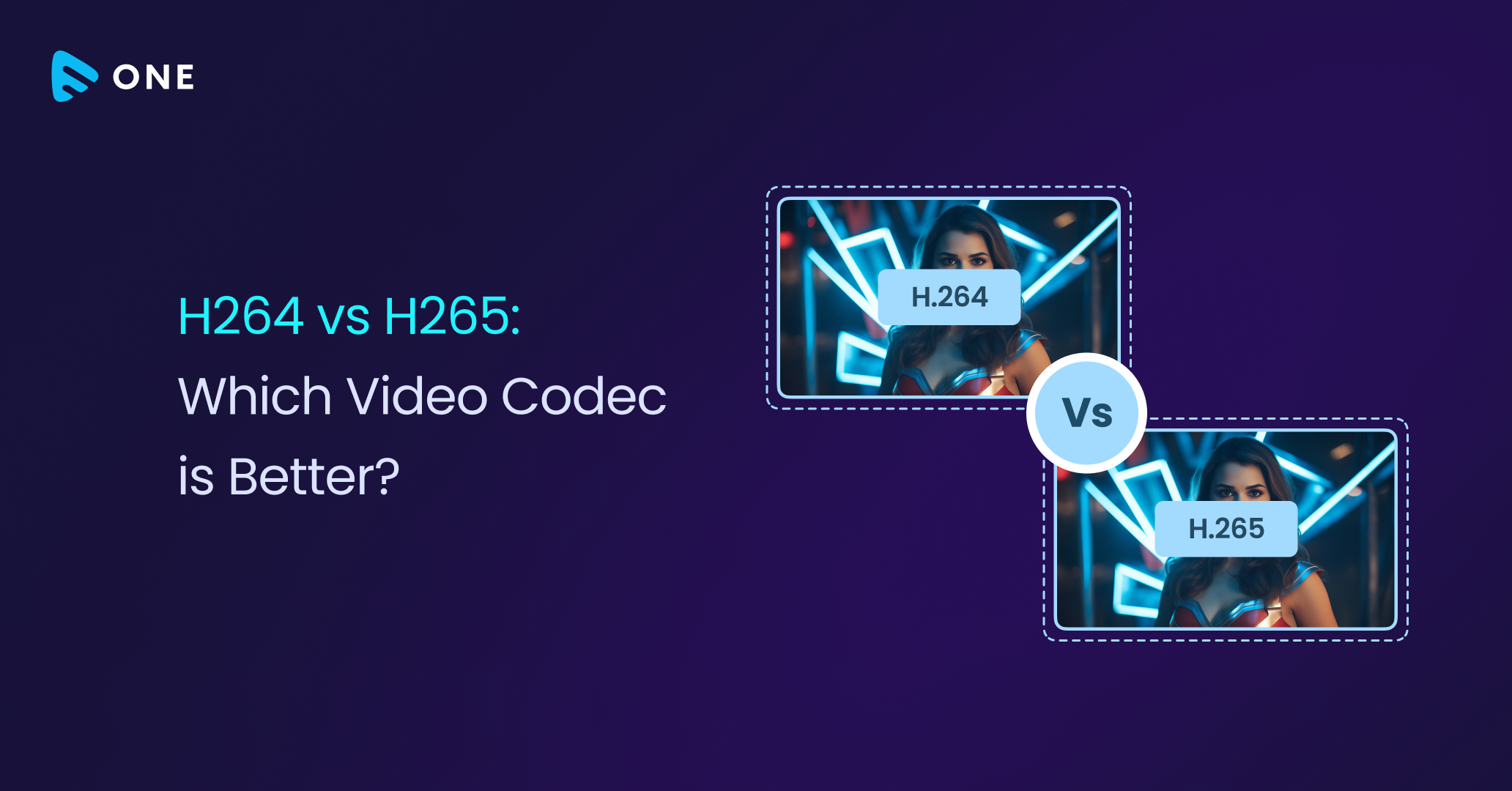Written by: Roshan Dwivedi

There’s a pretty high ceiling for the losses everybody has incurred in the past due to content piracy. Assuming that piracy both increases supply and reduces demand, it eventually and unambiguously hurts producer revenue. Two primary sources of the film entertainment platform revenue today are box office sales and DVD/Blu-Ray sales, which may be affected by piracy differently. With respect to the impact of movie broadcasts on sales, we find that movie broadcasts on over-the-air networks result in an increase in DVD sales at Amazon.com by an average of 118% in the week after over-the-air broadcast. Though in 2005, the Motion Picture Association of America (MPAA) argued that they were losing $3 billion in box office sales due to piracy. In an industry that takes in less than $10 billion annually, this is a significant claim and, if true, a major concern.
Arthur De Vany, Professor of economics at University of California, Irvine, and David Walls, Professor of economics at the University of Calgary fit a regression to estimate the changes in box office revenue based changes in movie supply and sum the weekly effects driven by the availability of pirated versions of the movie. For the single movie on which they had data, they estimate that piracy directly destroyed $40 million in box office revenue. Overall, the film grossed approximately $61 million or around $600/pirate source. Assuming that De Vany and Wall’s data is representative of a typical movie with typical levels of piracy which seems reasonable, it’s possible that 40% of box office revenue of a typical film is being lost to piracy.
However, all that is set to change for the better with the arrival of Video on Demand. Let’s see why that might seem to be happening.
Accessibility – Video on demand service provider offer huge variety of content to its consumers – including movies, TV shows, Catch-Up TV, kids TV, documentaries, short films, educational content. This immediately makes a sea of content available easily improving accessibility.
Affordability – Video on demand service providers offer different subscription models like Pay-Per-View or Monthly Subscriptions. Therefore one can go for a paying mode which fit his pockets. So, affordability is no more a concern. With monthly subscription one can watch unlimited videos at considerable cost bringing down per video cost.
Convenience – Video on demand is an alias to convenience. Control what you watch, when you watch, how you watch.
The most commonly expressed fear about moving up the VOD window is the risk of piracy, but this fear is misplaced. VOD over the Internet is targeted at consumers who are more technologically savvy — and thus more likely to pirate a film if no legal downloading alternative is available. Although all copy-protection technologies can be circumvented, VOD is more secure than DVDs because DVDs use a single, uniform method of protection, which was broken long ago by a program now widely available for free, whereas VOD protection can be updated at will to limit the ability of the films to be copied or shared.
Sony’s $42 million film The Interview thrived on VOD, collecting about $40 million from home viewing compared with a miserable $11.2 million at the box office. The Weinsteins established a new label, Radius-TWC, late last year to release theatrical titles on VOD, launching the venture with “Bachelorette” in August a full month before the Kirsten Dunst-Rebel Wilson comedy hit screens—a release pattern dubbed “ultra” VOD.“Bachelorette” made just $448,000 at the box office but raked in $5.5 million on VOD.
The primary purpose for this paradigm shift is to protect content and stop piracy. In summary, there is an incremental increase in revenue to be made off VOD with an early window, films delivered via VOD are more secure than DVDs and providing an early VOD window is likely to eliminate piracy for all but a hard-core few that are willing to commit crime just for the fun of it.
VOD in an early window is a distribution model whose time has come, and you don’t need a Met guy to tell you which way the wind blows.














Add your comment